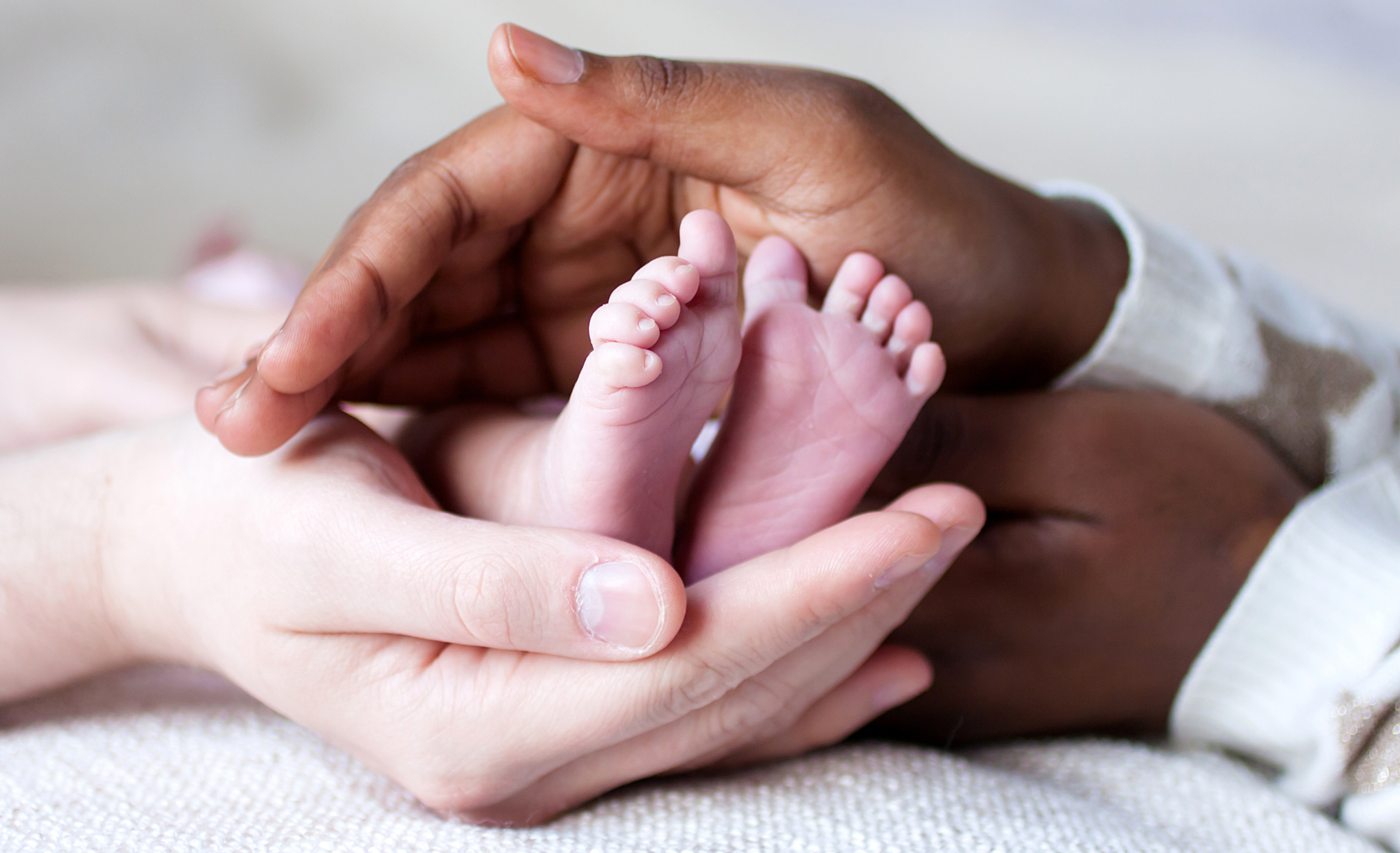Sign up for The Media Today, CJR’s daily newsletter.
Let’s say a woman gives birth to, but does not raise, a child, who then ends up in another family. What is the woman to the child? Is she called a “natural mother”? A “birth mother” or “birthmother”? A “biological mother”?
What is the child’s father called? The “real father”? The “sire” or “begetter”? What are the people now raising the child called? “Adopted parents”? “Second family”?
It turns out that the language around adoption can be controversial.
PREVIOUSLY: Of dogs, and their days
Adoption language falls into two camps: “positive adoption language” (sometimes called “respectful adoption language”) and “honest adoption language.” Then there is what we will call “traditional adoption language,” or the way society used to refer to adoptions. In “traditional adoption language,” a “natural mother” “gave away” her child, who was then “put up for adoption” and “placed” in an “adopted home.”
Pearl S. Buck is credited with the term “birth mother,” using it possibly for the first time in 1956 in Woman’s Home Companion, according to a website written by a “birthmother.” (The Oxford English Dictionary traces it to an article Buck wrote for Ebony magazine two years later.) Buck and her husband adopted five children, and were advocates for the adoption of mixed-race children, who were often the last to be “placed.”
In “traditional adoption language,” the father rarely figured in adoption, and the mother was often looked down upon for being unwilling or unable to take care of the child, especially if the mother was “unwed.” Because of this supposed stain, contact between the child and the people who created and “abandoned” the child was considered improper. Until almost the end of the 20th century, most adoption records were sealed, and the child had no easy way of finding out whose sperm and egg combined to create them, even once they were adults.
That began to change with a group called Concerned United Birthparents, which formed in 1976 to try, it said, to take the stigma out of being the parent of a child who was adopted.
In a manner similar to contemporary movements for better treatment for people of color, women, and those who are LGBTQ, those people involved in adoption demanded more information and respect. Thus, in the late 1970s, was born “positive adoption language,” a phrase usually attributed to a Minneapolis social worker, Marietta Spencer. A child was not “given up for adoption,” but instead “moved in with his/her family.” The woman or man who created the child was not a “natural” mother or father but a “birthparent,” “biological parent,” or “genetic parent.”
Perhaps most important, the child who joined their new family was not an “adopted child,” but simply a “child,” and the adult or adults raising them were not “adopted” or “adoptive” parents, but simply “parents.” (Grammatically speaking, the child is “adopted,” but the parents who have done the adopting are “adoptive.”)
“Positive adoption language” turns labels around to neutralize the implied hurt: Calling someone a “natural mother” implies that the woman raising the child is an “unnatural mother.” Saying that someone “abandoned” a child ignores the circumstances under which the child needed to be raised by someone else. Saying that someone made a decision to “keep her child” implies that the child is a possession.
But because most of this terminology came from the adoption industry itself, a backlash arose. “Positive adoption language” “lacks respect for the family members who were separated from one another by adoption,” as Origins Canada, a Canadian group seeking to reunite them says, “respect for mothers who lost children; respect for adopted persons who lost their natural families; acknowledgement of their loss and respect for them and for their experiences.”
Thus we also now have “honest adoption language.” “Birth parents” are “natural parents,” “first parents,” or “real parents,” because “the relationship does not end at birth,” and because the term “birth parent,” Origins Canada says, “dehumanizes mothers into being walking incubators whose purpose is solely reproductive.” A child is not “placed for adoption” but “surrendered,” “lost,” or “taken” for adoption, because “a mother seldom chooses adoption for her child—financial, emotional and/or social coercion often play a role.” And in “honest adoption language,” a child should be identified as “an adopted son/daughter” and not just a “son/daughter.”
The reasoning for the last is the one that hits closest to journalists. The term “adopted child” should be used “for media and other third-person references,” proponents of “honest adoption language” say, because “the industry wants all mention of ‘adopted’ removed from newspaper articles. This presents a false picture that the adoptee was born to the adopters.”
We will beg to differ. A person should no more be labeled “adopted” than someone should be labeled “Black,” “lesbian,” “evangelical,” “liberal,” “conservative,” “male,” “disabled,” “rich,” or anything else unless there is a relevance to that label. People should simply be people unless the context in which they appear somehow justifies the explanation of individual circumstances. And then the circumstances of everyone else in the report become relevant as well.
As we have said repeatedly, using those kind of descriptions in context, and not as adjectives, make them less likely to read as “labels”: “Because she was adopted when she was five, she wanted to find her birth mother” is more descriptive than “An adopted child, who wanted to find her birth mother.”
Keep in mind, too, that most dictionaries render “birth mother” as two words, same as “birth father” and “birth parent.” Unless your audience prefers it, in which case make sure they’re united.
ICYMI: Hand signs are useful—but not universal
Has America ever needed a media defender more than now? Help us by joining CJR today.



